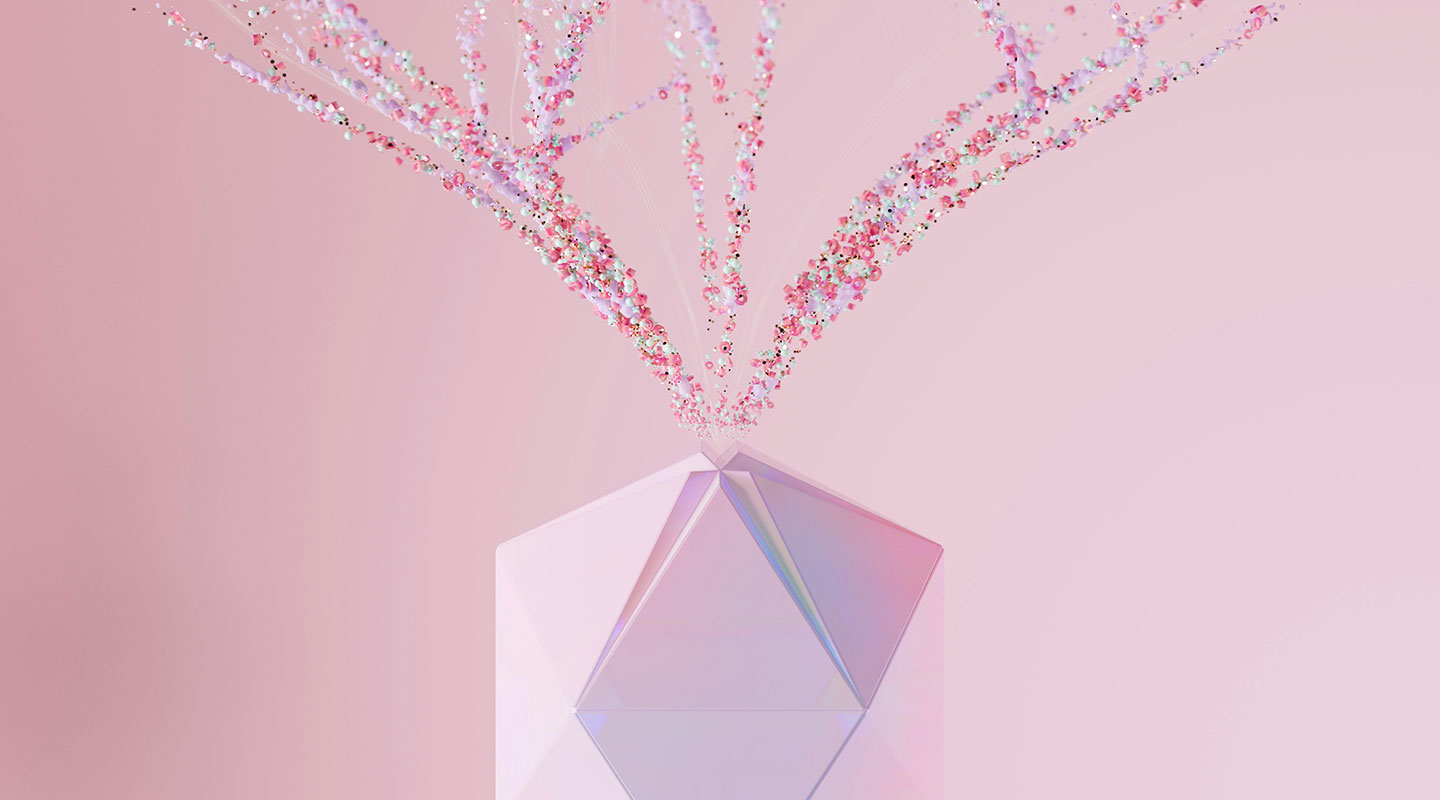The New Creative Pipeline: AI in Marketing, Media & Design
3 min read
The creative industry is being reshaped at speed. Agencies and in-house teams are no longer asking whether to use AI — they’re asking how to build it into their pipelines without losing control of brand, craft, or consistency.
For years, creative production has been squeezed by shrinking budgets and the relentless demand for content. In 2025, the pressure point isn’t just volume — it’s velocity. Clients want campaigns that land faster, adapt in real time, and scale globally without compromising brand identity.
Services
Design, Events, Strategy
Written by
Huw Cushing
A Hybrid Workflow Emerges
Generative AI is now embedded in every stage of the creative process — from ideation to production. According to Deloitte, 77% of CMOs report that AI tools are already part of their marketing workflows, with asset creation, video editing, and dynamic content personalisation topping the list (Deloitte, 2024).
This doesn’t mean replacing designers and copywriters. Instead, it signals a hybrid model, where AI handles repetitive, time-intensive production tasks while human talent focuses on big-picture strategy, brand storytelling, and the creative spark.
What Clients Are Asking For
- Faster Campaign Deployment: Clients want agencies to move from concept to market in weeks, not months. AI-assisted design templates and automated brand systems cut lead times dramatically.
- Dynamic Personalisation: Campaigns must adapt in real time to audience signals. AI tools are being used to create thousands of personalised variations — from email subject lines to entire ad formats.
- Cross-Platform Scalability: Creative needs to travel — TikTok, Instagram, YouTube, and beyond. AI-powered video and design tools make it possible to reformat, subtitle, and resize assets in minutes, not days.
Agencies as Curators, Not Just Creators
AI has shifted the agency role from pure production to curation and orchestration. The value is no longer in making every asset by hand, but in:
- Ensuring outputs remain on-brand and on-strategy.
- Layering creative judgement over algorithmic speed.
- Unlocking insights from data to inspire new directions.
A recent Gartner study projects that by 2026, 80% of marketing leaders will treat AI as a standard part of the creative toolkit, while clients increasingly expect their partners to deliver both efficiency and originality.
The Creative Edge in 2025
For clients, the new creative pipeline isn’t about doing more with less — it’s about doing more with purpose. AI is the engine, but creativity remains the driver.
At Charles Elena, we believe the brands that thrive will be those that embrace this balance: where AI accelerates production, and human creativity shapes the big ideas that capture hearts and minds.
